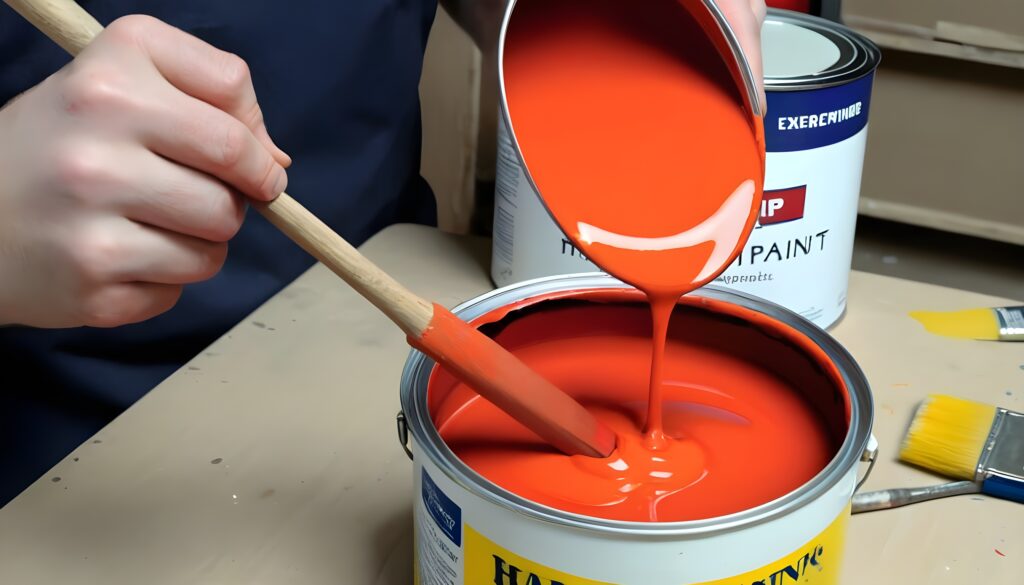Shelf life, pot life and working life are used in describing the life expectancy of a paint of coating, but they don’t mean the same things. Let’s take a look at what each of these terms mean and how they impact the use and application of paint and coatings.
Shelf life is, quite simply, how long an item can remain on a shelf and still be usable. For paint and coatings, it means how long a can of paint can last on your shelf and still be used to paint or do touch-ups.
Pot life tells you how long multiple-part paint and coating can be applied to a surface after it has been mixed. Technically, it is how long the paint’s viscosity takes to double and the paint and coatings become too thick to apply. If the paint and coatings has been poorly mixed or has been left unused for a while before the project is started, then the pot life is off.
Working life is similar to pot life, as it refers to a multiple-part coatings system after it has been mixed, with one key difference. Working life is used to describe how long a paint can be applied before it begins to cure. Unlike pot life, which is determined when the viscosity doubles, working life is not a specific term, although the results are the same – the paint can no longer be applied smoothly.
Source: Coatings World
